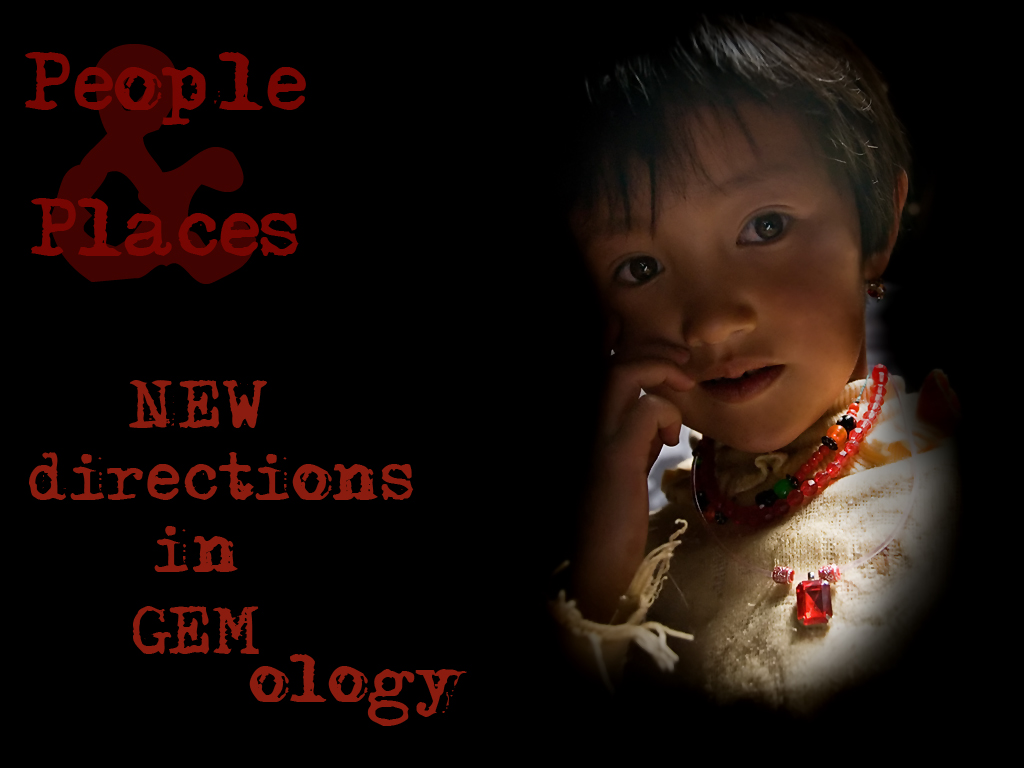Richard Hughes explores the nexus between gemology, gem mining and culture, arguing that gemology must become something more than science.
People & Places: New Directions in Gemology by Richard Hughes
Let Sporus tremble –
"What? that thing of silk,
Sporus, that mere white curd of ass's milk?
Satire or sense, alas! can Sporus feel?
Who breaks a butterfly upon a wheel?"
Yet let me flap this bug with gilded wings,
This painted child of dirt that stinks and stings;
Whose buzz the witty and the fair annoys,
Yet wit ne'er tastes, and beauty ne'r enjoys…
Alexander Pope
Epistle to Dr. Arbuthnot, January, 1735
Gemology is tired. Weary. Stumbling. Gemologists are privileged to work with some of the most stunning and romantic objects on the planet – singular marvels of extraordinary beauty and wonder. And yet all we do is analyze–break things down. We torture beauty until the extraordinary is reduced to an entirely ordinary set of chemicals, numbers and digits, abstractions with no relation to the reasons why people purchase precious stones. At this point, we have broken the butterfly upon the wheel.
Attention! We are told if a Paraíba tourmaline is really a "Paraíba tourmaline," we must analyze it. And yet no one has ever gazed upon a fine Paraíba tourmaline and declared: "Oh sweet jesus, look at the copper!"
No instrument can see with our eyes, none can detect our emotions, and yet we surrender our senses to these abstractions simply because they possess the faint whiff of "science."
Which instrument feels feeling? What tool measures emotion? Precisely what implement can detect the response one gets when viewing a fine Burma ruby and a lesser stone from Thailand? Few are willing to ask these questions because the answer falls outside the realm of scientific gemology. And yet the answers are crucial to our field.
Gemology is not simply science. Much of it involves plunging into a pool where depth cannot be fathomed, where one floats not upon intellect, but raw emotion. People acquire precious stones because of passions, not properties. If we wish to understand desire, we must look to art, not science, we must make a connection with the people and places these gems come from.
Richard Hughes will delve into these issues via a dramatic multimedia presentation that covers ground all the way from Manhattan to Russia's emerald mines, Madagascar's sapphire and Tajikistan's remote ruby and spinel deposits. It will provide inspiration, a new direction into the neglected, nether regions of gemology. The butterfly is broken, but it can fly again if we are willing to patch those gilded wings.
When
Monday 9 April 2007; 19:00
Where
GIA Alumni Association, Washington, DC Chapter
Washington, DC (USA)

